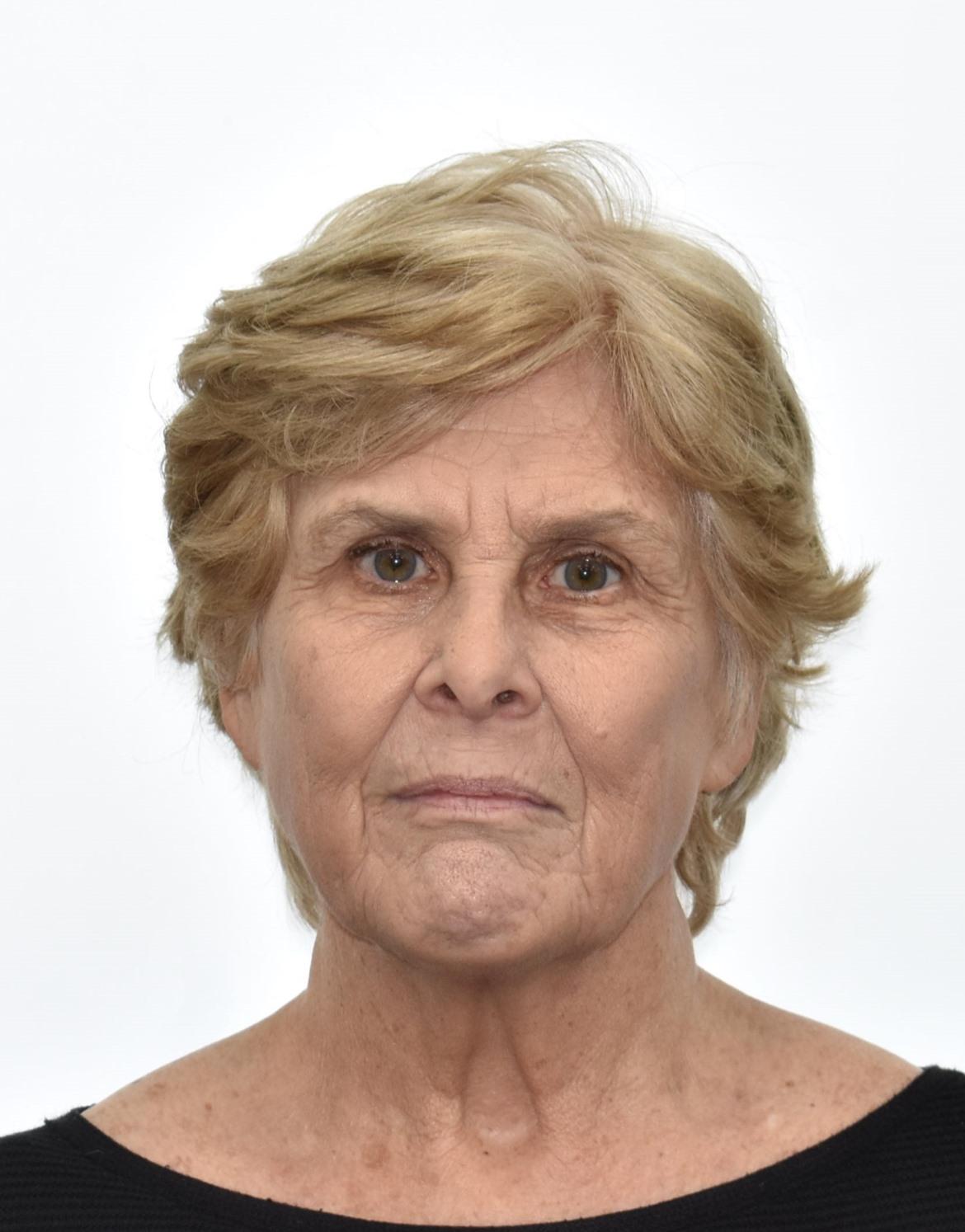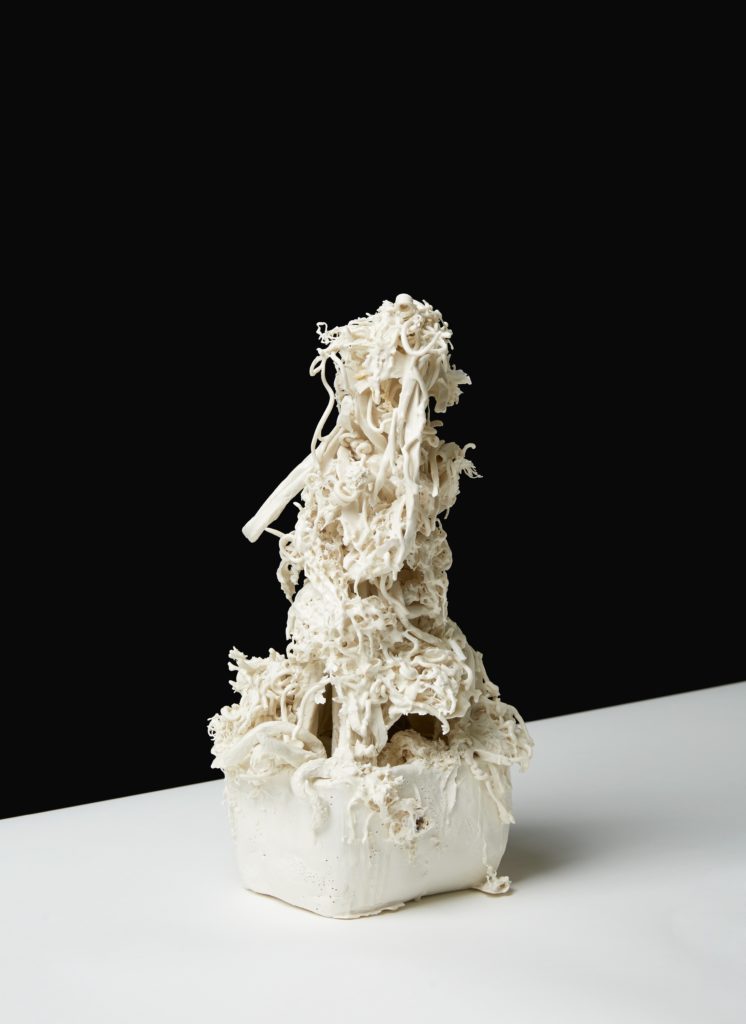COLLECTING WITH A VIEW:
A series introducing the research and collecting interests of our Steering Committee members.

ADRIANA TURPIN
1-What are you reading at the moment?
I have been really enjoying reading about the geography of the world. A while ago I read a fascinating book: Black Sea by Neal Acheson. I enjoyed the book because is a mixture of history and geography and I feel I am travelling in my armchair and going out to all those places. As you know, I love travelling. On another note, someone suggested Lessons in Chemistry written by Bonnie Garmus. It is quite amusing because it tells you a lot about America in the 1950s-60s. I think every young woman should read it. They would probably say `this is impossible; it is not true’ but it was! It is a clever witty book, there is quite a lot about how women were just totally ignored and put down and it is just very interesting to deal with this difficult topic in such a fun way. These are some of the books I am reading for fun, but we spend so much of our time just reading for work and research. Because I take on new projects, there is just so much background to read, so reading the history or cultural history of things I just didn’t know about is completely fascinating. Right now, I am reading about America and its attitude to its past in the 19th Century and its attitude towards colonial history. This is part of my current research project exploring the selling of English furniture in America. I have just learned so much about that period and about the ideas that were shaping America in the 19th century. Every project takes you into a new world and new things to discover and read. I must say that History is still my elected field. It is still very much my passion.


2-What are you working on at the moment?
I have always been interested in furniture and I still believe that furniture is an amazing way into cultural history and social history, but because I started working on history of collecting, I began more and more to look at how furniture forms part of the story of collecting. My recent work is focusing on the collecting and market for English furniture primarily in the United States. When I started, very few people had really studied the collecting of English furniture, especially the American market. Imagine my surprise when I started researching and I discovered that Joseph Duveen was selling English furniture to so many of his clients. And I was very lucky and was introduced to a lovely American, Chris Jussel, who told me he was connected to Arthur Verney. I had never heard of Arthur Verney. I started researching and I discovered he was a major dealer in the States. At present I am looking at Charles Duveen, the younger brother of Joseph, who called himself Charles of London. I gave a paper about him on the 4th of November at the Colnaghi’s ‘ART DEALING IN THE GILDED AGE SYMPOSIUM (`Charles Duveen and the Furnishing of Coe Hall, Oyster Bay’, 04 Nov 2022 — 05 Nov 2022 : Colnaghi London Art Dealing in the Gilded Age Symposium | Colnaghi ). When I was in the States in April I went to Coe Plantation on Long Island, where the archives contain the bills and letters from Charles Duveen. Thanks to their generosity in allowing me access, I have been able to follow how the house was furnished, the dealers and suppliers that Duveen worked with and the relationship with Coe himself.
3-Why do you think collecting is an interesting topic?
If you want to look at the history of an object and understand how an object was used, possibly altered and how it has been displayed, you need to look at how it has been collected. If you take furniture for instance, pieces that were collected in the 19th Century might very well appear in a completely different way from the original intention of the maker. Instead they reflect the response of that century to the past. They have been embellished or the proportions have been changed, thus reflecting nineteenth century taste and historical understanding of the period. Only by understanding how it was marketed, collected and displayed can you really understand the present appearance of object, which of course, probably has a new setting and meaning to viewers today. Thus I moved from being an art historian to being a historian of collecting. I have realised that for me, it is more interesting to understand why people wanted things than to know why they were being produced. How and why works of art were collected leads into such a rich study of the ideas and perceptions of the past.
4-Do you collect? And if so what?
In one way I have always collected. When I was teaching and working at Sotheby’s, I created an imaginary collection. At first my collection was works that I loved, but then I realised I would had to marry a thief in order to get all of these works out of museums. So I changed approach and when I was going to sales and visiting exhibitions, I thought: what would I actually take home with me? I set myself a limit: I was only allowed to spend £25,000 and then had to raise it to £100,000, but I could then imagine possessing these works and creating a setting for them and that was fun. Very recently though, I was going with a former student, Preston Fitzgerald, to look at contemporary ceramics and I now have a mini collection of contemporary ceramics where my focus is on works where the artist is responding to the techniques of the past. The first artist from whom I acquired a work explained she was interested in alchemy and that her works where all about transformations. I knew that I really wanted it and had to have it and that was it: I became a collector.
 Lucille Lewin, Babel, 2017 (winner of the Young Masters Maylis Grand Ceramics Prize).
Lucille Lewin, Babel, 2017 (winner of the Young Masters Maylis Grand Ceramics Prize).
5-If you could buy/collect anything in the world what would it be?
One of my favourite works of art are the Piero di Cosimo’s Portrait of Simonetta Vespucci in the collections of the Château de Chantilly. That is partly because it is one of the works of art I loved very early on in my career and made a huge impression on me. Other favourite objects are the exquisite candlesticks made for Marie Antoinette by Pitoin, which I think are absolutely wonderful. I am also fascinated by Rubens’ portrait drawings. I love his portraits, especially the one of his daughter Clara Serena (or Infanta Isabella’s lady-in-waiting) in the collections of the Albertina.

I’m thrilled that you are collecting contemporary ceramics. So much of what I do as an art advisory and curator is based on your teaching and mentoring me at Sotheby’s Institute of Art. Contemporary ceramics and art mix very well with antiques.